While all tandoors have the same working principle, when it comes to design, there is no “one” Indian tandoor, says Taiyaba Ali as she peeks into three.
In September last year, I moved to Bengaluru to curate an Awadhi menu for a restaurant. I wanted to give the southern city a taste of how Lucknow eats. However, taking a regional cuisine out of its region comes with several challenges, and my most looming one was replicating the tandoor ki karigari or the making and working of the tandoor outside of Lucknow, where tandoors are ever-present and everywhere.
Depending on where you are in the country, bell-shaped or cylindrical tandoors produce arrays of bread from flaky sheermal to bready kulchas, and their rounded sweltering bellies accommodate skewers of roasting kebabs, cooking as the fat and meat juices drip onto hot coals. Regardless of size, shape, or region of origin, all tandoors have the same working principle — their basic structures are made up of insulating materials like clay or metal, and they often curve inward toward the top, like a beehive or jug, to concentrate the heat.
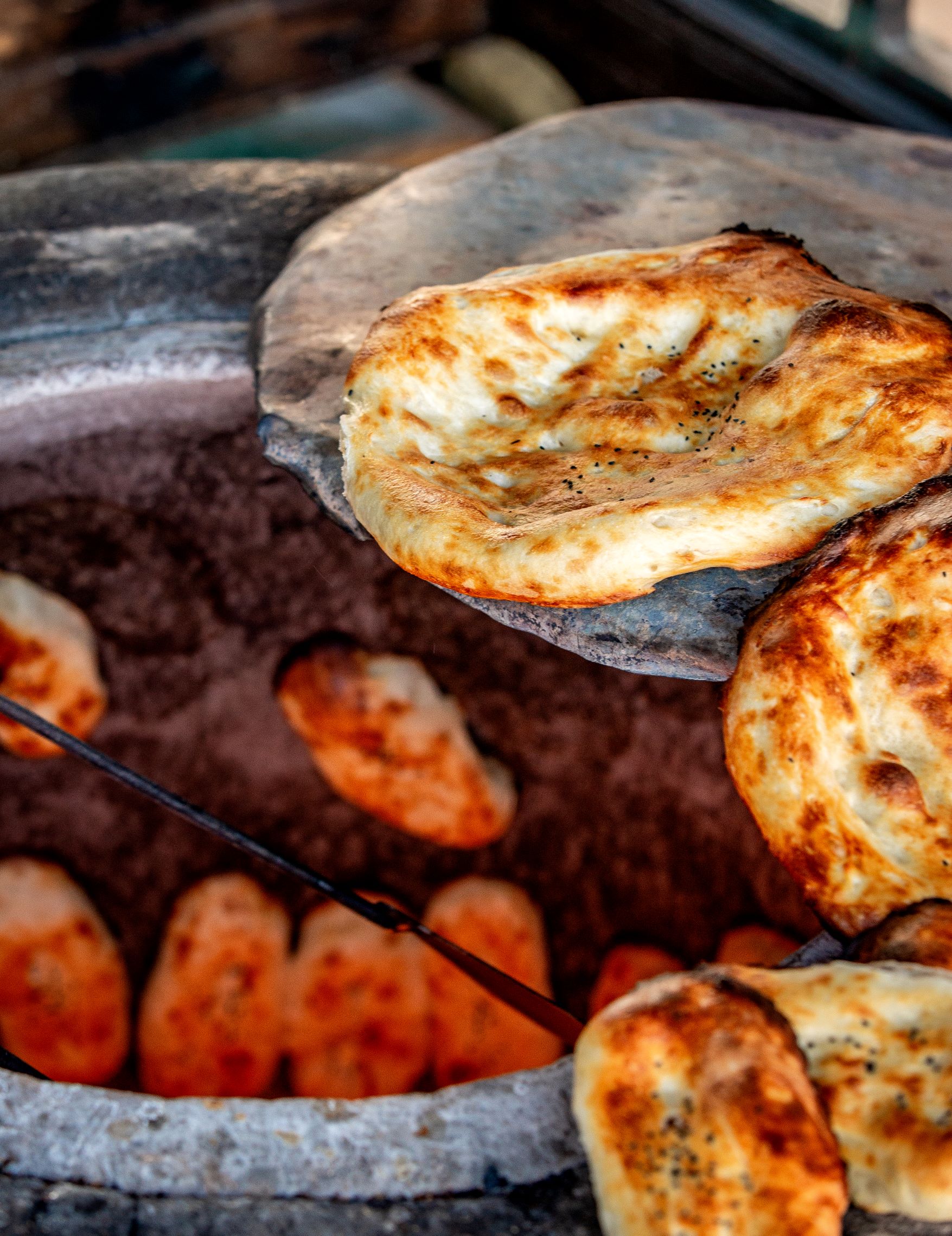
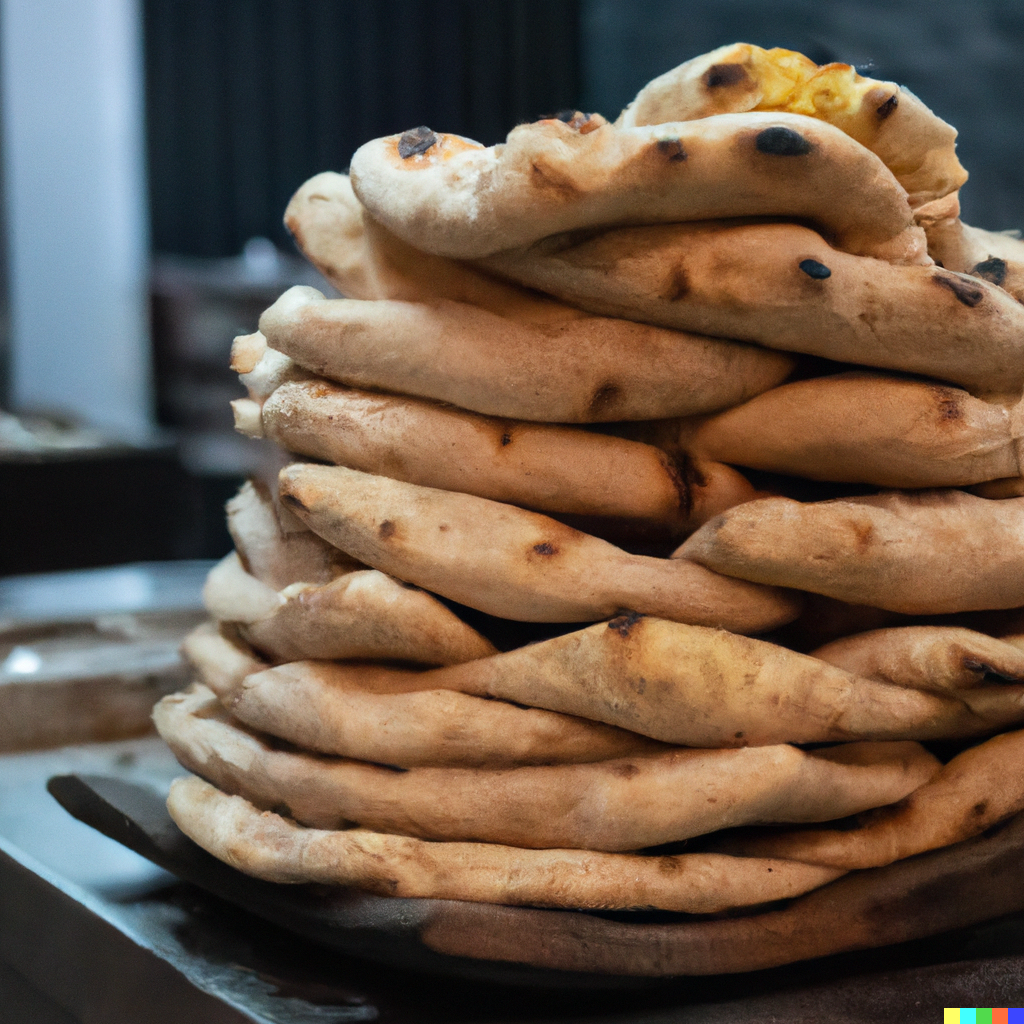
To light the tandoor, a fire is built in the bottom, which heats both the walls of the tandoor and the air inside to around 480° celsius with a single load of charcoal. An opening on top is left clear to allow access and ventilation, and a vent at the bottom draws air, while the inward slope of the mouth traps the heat to cook bread, vegetables, or meat. Before food is set into the tandoor, its fire is allowed to die down to coals so that the temperature remains consistent, and everything cooks evenly. In its early days, this made the tandoor a frugal option, as it did not need constant energy and fuel.

For this enthuOriginal, I trace the design of three tandoors across the country. I found that even as their principles are similar, there is no “one” Indian tandoor. Different parts of the country have adapted this very pliable clay cooking vessel to suit their culinary cultures, giving rise to different dishes with their textures interwoven with the tandoor from which they emerge.
The Post-Partition Punjabi ‘ghar ke tandoor’
After the partition of India in 1947, when people migrated from Western Punjab (today in Pakistan) to the region’s east, they carried their foodways and tandoors with them. When migrants set up camps in Punjab during the large displacement, they started cooking in makeshift tandoors on the roadside for their families. Soon, these became shared spaces of cooking, evolving into what we know as ‘dhabas’, and iconic Punjabi tandoori dishes like Amritsari kulcha, tandoori chicken, and butter naan emerged from this wave of migration. (At the pioneering Pehalwan Kulcha shop in Amritsar, started in 1952, founder Pehelwan Atma Ram took inspiration from the Peshawari roti of the new migrants, filling it with potatoes and cooking it inside a tandoor.)
My grandmother would turn nearly upside down to stick the rotis on the inner side of the ring, picking them up after they baked and fell off the tandoor’s walls.
Even as bread was an easy option to cook in the tandoors of Punjab, chicken, owing to its small size, easy portioning of meat, and quick cooking time, became the meat of choice for a fast paced and filling meal cooked in a tandoor. Also, after Partition, for the first time, albeit briefly, women also took part in making bread from tandoors in their newly settled homes. While men-run tandoors in the markets required long hooks and heat-monitoring while standing, ghar ke tandoor primarily consisted of a metal ring sunk into a shallow pit, which allowed women to sit cross-legged near the mouth and cook their tandoori rotis.
Avid cook and professor Ravi Miglani, told me that in his family home in Allahabad, his grandfather had dug out a tandoor under the peepal tree in their aangan. “There was an iron ring sticking out of the pit and my grandmother would turn nearly upside down to stick the rotis on the inner side of the ring, picking them up after they baked and fell off the tandoor’s walls,” Miglani recalled. This tandoor was roughly fifty centimeters deep, and frugal — it maintained a consistently high temperature for hours, needing little fuel and expense.

Mughaliya and Afghani Tandoors of Delhi
Delhi’s history of tandoor has its roots in precolonial India, in which several of the city’s culinary cultures were derived from its ruling kings. Naan-e-tanuk (light bread) or naan-e-tanuri (oval shaped leavened breads made with fine white flour cooked in a tandoor) are mentioned as far back as the 1300s, in Amir Khusrau’s accounts about the imperial court in Delhi. During Mughal rule in the 18th and 19th centuries, more varieties of bread were added to the repertoire of the court kitchens. Khameeri roti, for example, and today a regular feature in Delhi, is mentioned in Ain-i-Akbari, which chronicled the world of Akbar’s courts. In Delhi today, Al-Jawahar Restaurant is home to one of its most iconic tandoors.
In Afghani tandoors, thin and thick breads such as naan Afghani, roghani, and lavasa can be made. A wooden stamp or a hair comb is used to mark a pattern on the surface of the bread to aid the baking process, as well as for decoration.
At Al-Jawahar, which was established in 1947, the tandoor at the entrance of the restaurant welcomes the diner with a sight to remember. Among the bustle of old-Delhi, ‘roti-walas’ mound atop their massive metal-encased clay tandoors, rolling soft white balls of yeasted dough flat, and draping them one by one over a round cloth pillow called a gaddi. Then they bend to press the bread onto the hot inner walls of the tandoor, where they puff, blister and brown in minutes and are taken out with a pair of hooks called jodi.
The restaurant operates the same way it did at its founding, except that since 2017 the restaurant switched from charcoal to petroleum gas to fuel its tandoors after a coal ban advisory by the Delhi government. The switch hasn’t affected the taste or texture of the breads as these leavened tandoori rotis take less than a minute to cook, and the controllable heat of the gas-fired tandoors ensures consistent results. But while the breads remain untouched by this change, meat tikkas suffer, as no charcoal means no smoky flavour. But to the restaurant owners’ relief this was resolved through lava rocks. “Lava stones convert the fat drippings into smoke, recreating kebab’s essential smoky flavour without charcoal”, says chef Megha Kohli, executive chef of Cafe Mez in Delhi.
A conversation around Delhi’s tandoors is incomplete without mentioning Afghani ‘nanwaais’. The capital is home to a sizable Afghani population of refugees dispersed in South Delhi. In Afghani tandoors, thin and thick breads such as naan Afghani, roghani, and lavasa can be made. A wooden stamp or a hair comb is used to mark a pattern on the surface of the bread to aid the baking process, as well as for decoration. Unlike the buried traditional tandoors in Afghanistan, which are wood fired, Afghani tandoors in Delhi are structured above the ground and run on gas. Despite this distinction, these tandoors are a reminder of the craft that these displaced communities are hanging onto dearly. Gas is also useful, as procuring wood in the city is tedious and expensive for Afghan nanwaais.
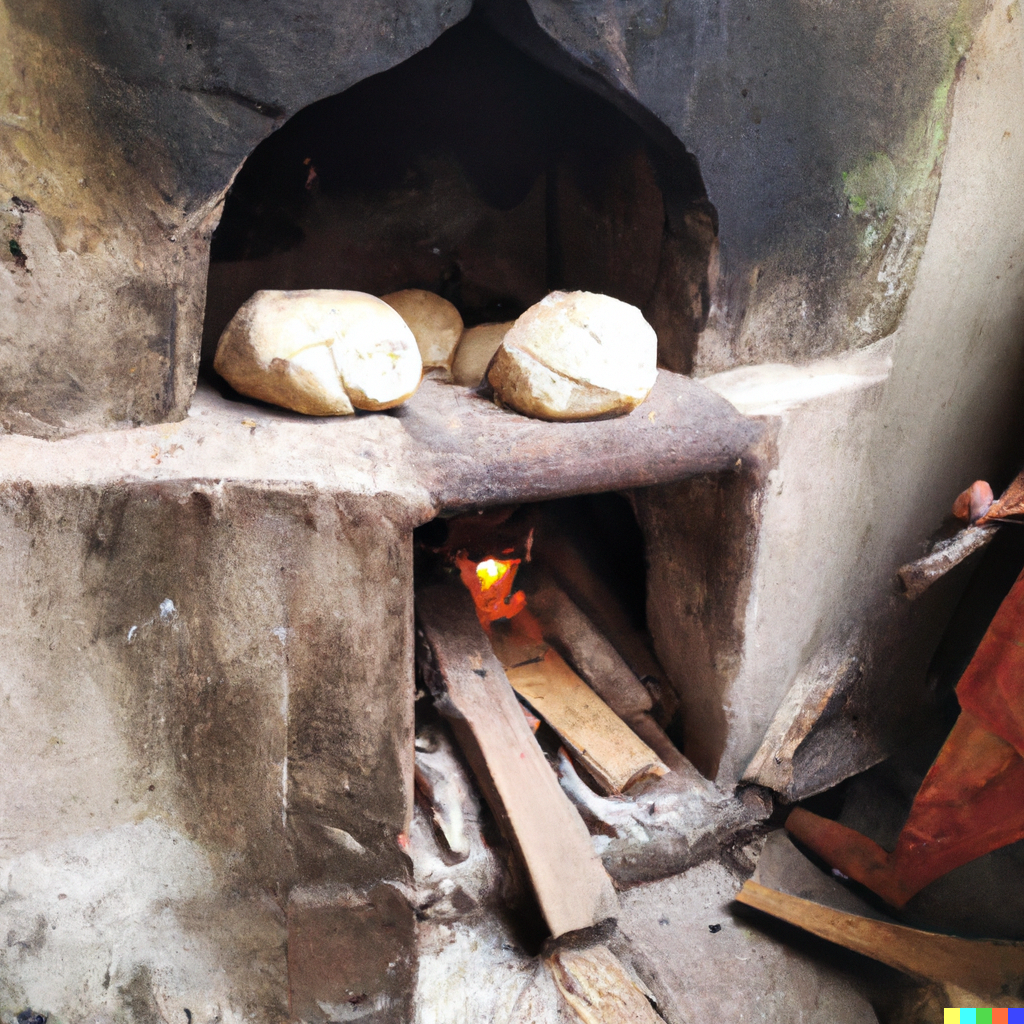
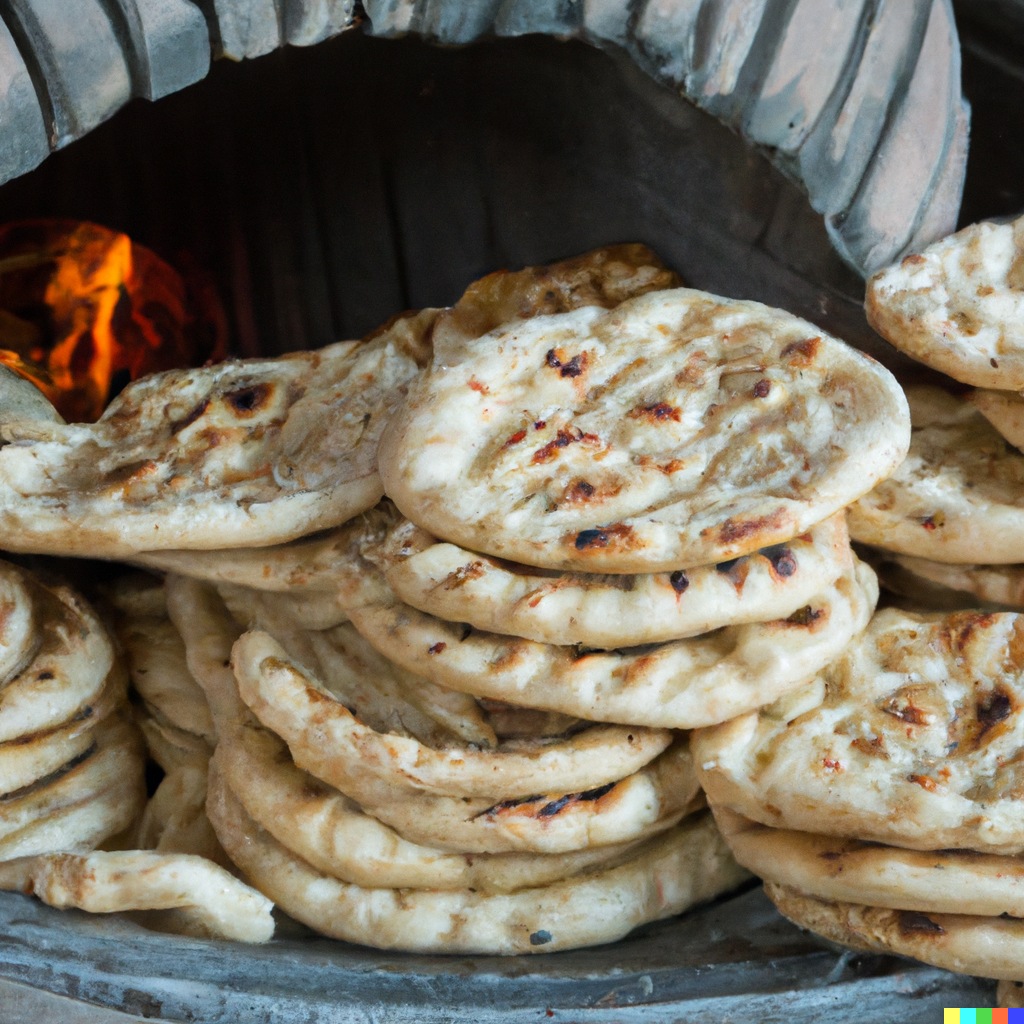
Tandoors of Lucknow Nawabs and Dakhani Nizams
After the dispersal of the Mughal Court in Delhi in 1857, Mughlai dishes, especially tandoori breads found a regional makeover in Nawabi cultural centres. The Nawabs of Awadh (today Lucknow) were famous for their opulent lifestyle and diets. As a result, the breads also became richer, thicker and luxurious, laden with ghee, milk, sugar, and dry fruits. The clay tandoors that existed before then couldn’t hold on to these flatbreads. Since the heated clay draws in moisture while cooking, it absorbs the ghee and milk in the dough, causing the bread to break. Even the fat would drip and smoke the coals, altering the colour and cooking of leavened breads. So, khansamas in Awadh replaced clay tandoors with iron ones, which not only held on to these richer breads but also heated up more, helping the breads to cook faster and evenly, allowing them to emerge in good shape.
While the clay tandoors can still be found in Lucknow, the city mostly uses iron tandoors even today. In these, sheets of iron are laser-cut, then curved using a punching machine and then welded together to form a bell-shaped case. Once welded together the joints are smoothened using a grinding blade and then sandblasted. The thickness of the metal that crafts an iron tandoor depends upon the usage but generally, it is approximately six millimetres.
Before use, wood is fired and hot embers of coal are put at the bottom and the tandoor is allowed to come up to temperature, much like its predecessor, the clay tandoor. However, most breadmakers now keep a table fan near the downward vent of the tandoor, to fan the coal embers and control the heat. With the frequency and quantities of bread being baked at a naanwai in Lucknow, these tandoors never really go cold. At the end of the day, a few splashes of water put out the fire and the tandoor rests.
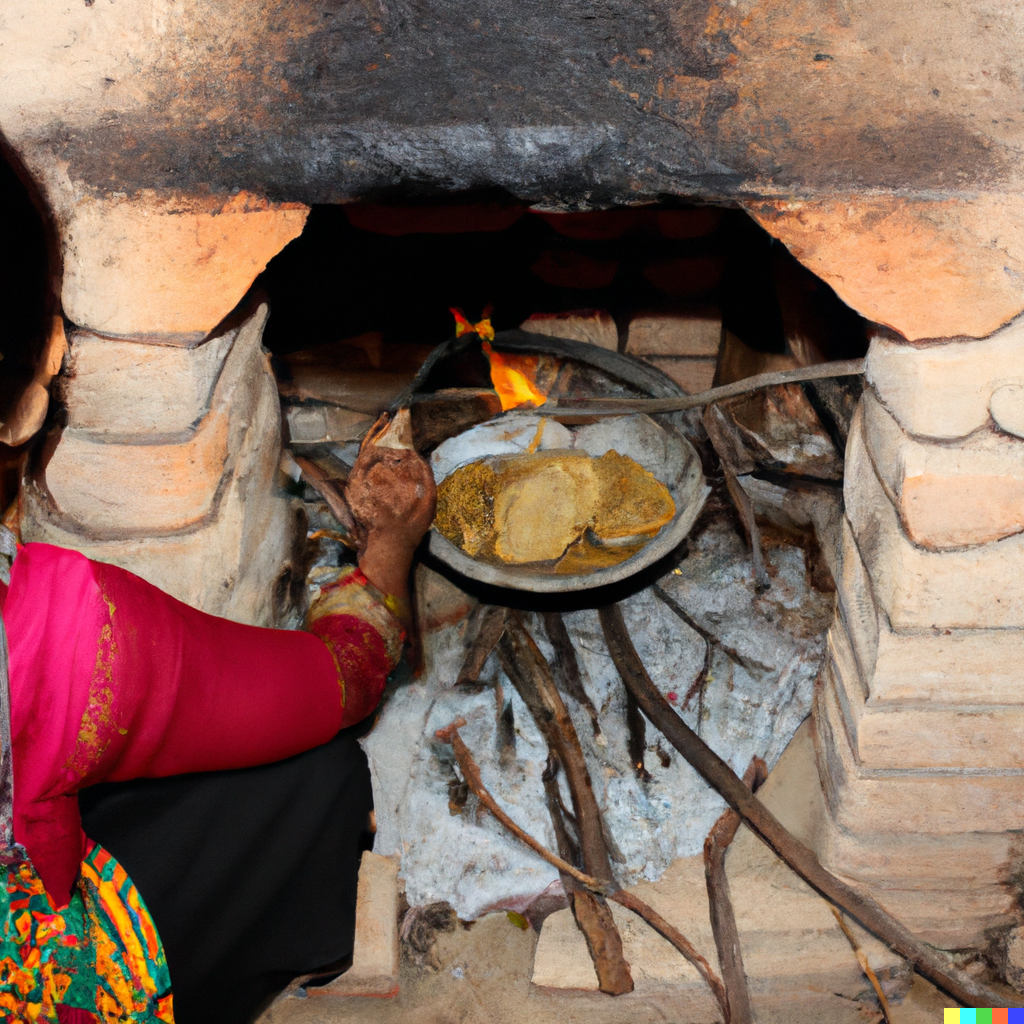
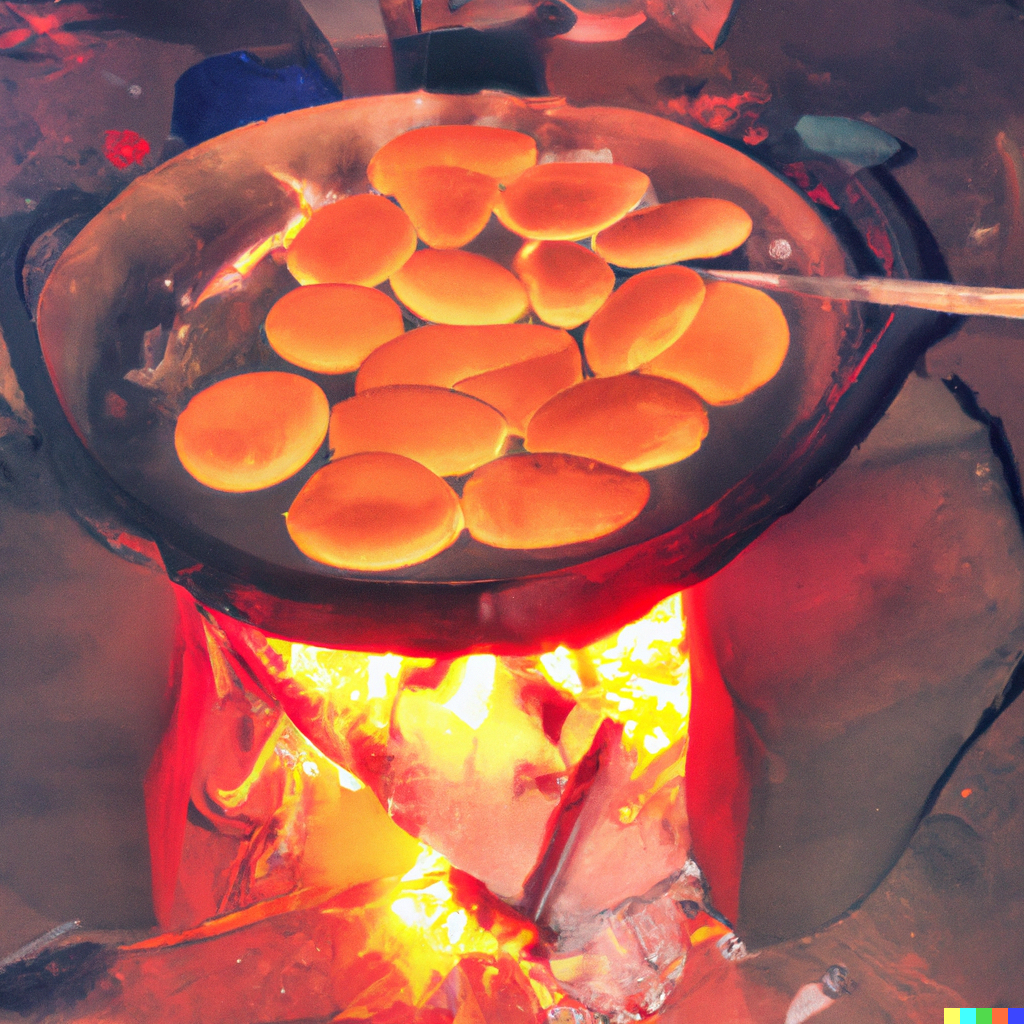
Traditionally Hyderabad was the last city where this kind of tandoor found a home. “Hyderabad is thus the only big south Indian city where wheat (aside from rice) is also consumed in significant amounts,” says Sajjad Shahid, a historian from Hyderabad. Even though the Hyderabadi naans come in various shapes, they are universally leavened, and made from flour and water. These are smaller naans but also the thickest variety, so the iron tandoor suits them well. These can be found at Munshi Naan, where a square-shaped naan is said to be the oldest and the most popular one in Hyderabad. Other shapes like the thicker paan naan, or the star-shaped naan are also members of this tandoor’s culture. “The shape of the naan had great significance,” Shahid says. “For festive occasions, it would be round, star-shaped, or at times square too. But for solemn occasions like ziarat, it would be in the shape of a paan (betel leaf). Times have changed, and I sometimes find the paan-shaped naan at weddings. The finer points of this culture are fast vanishing.”
*Header Image by KamranAydinov on Freepik


